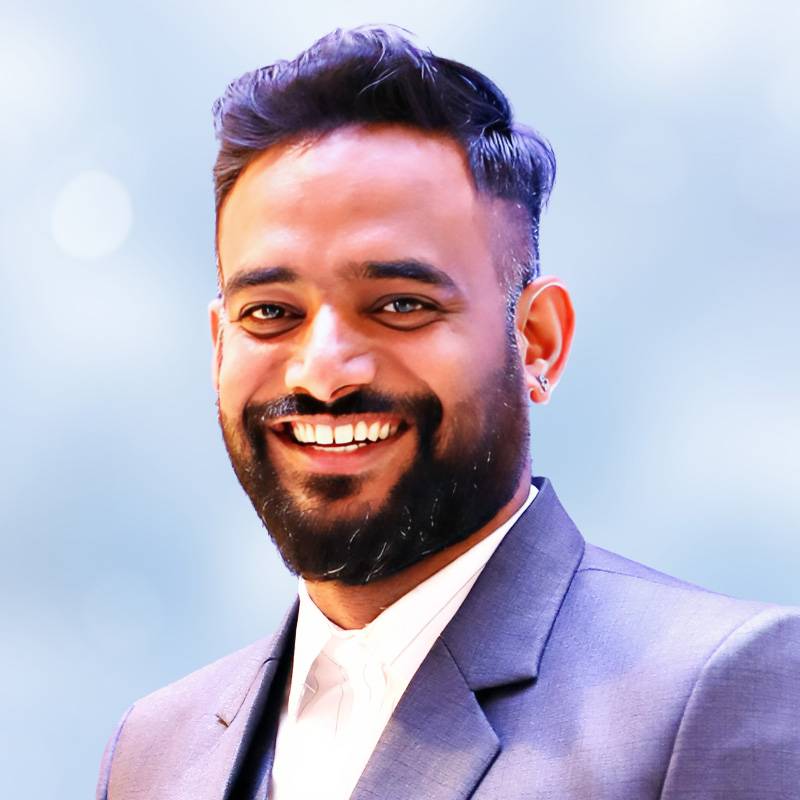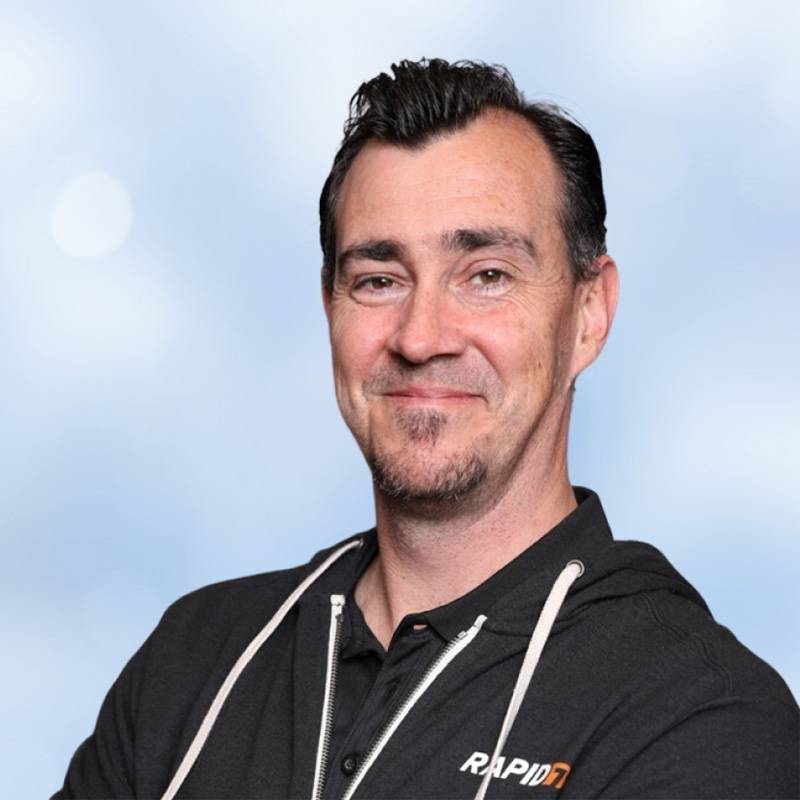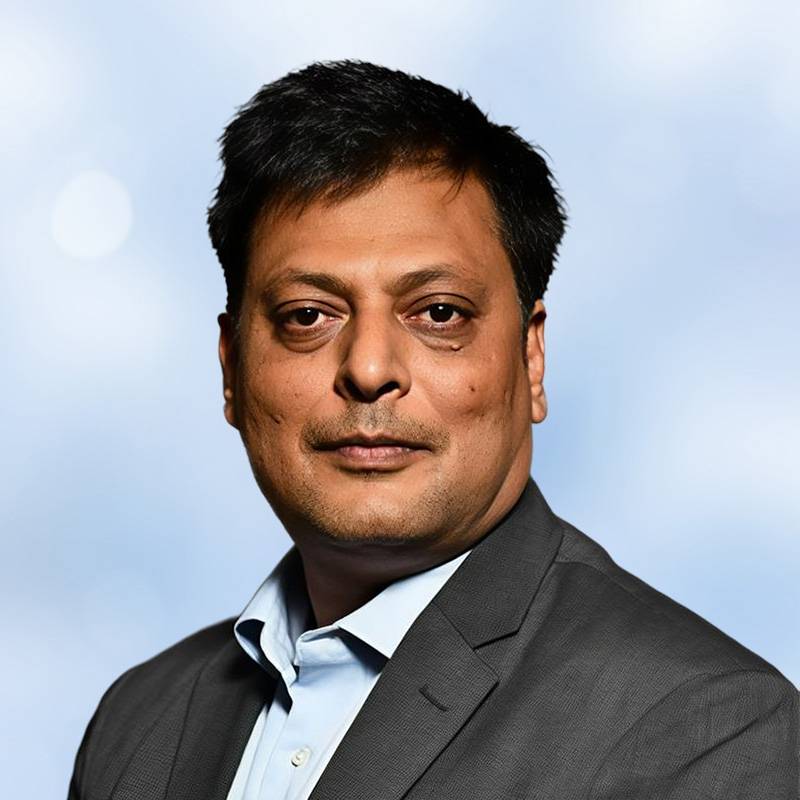
PREVENTION IS BETTER THAN CURE:
Why CTEM Matters in an AI-Driven Security World
Friday, September 12 | 6:30 PM - 9:30 PM | The Orchid, Mumbai
Event Overview
In an AI-driven security world, the speed and sophistication of cyberthreats demand both rapid detection and strategic prevention. Artificial intelligence is revolutionizing how security teams detect, analyze and respond to threats, delivering faster triage and improved accuracy. But even the most advanced AI systems cannot protect what it cannot see. Without comprehensive visibility into vulnerabilities, misconfigurations and external exposures, organizations risk starting every incident response at a disadvantage.
Continuous threat exposure management, or CTEM, addresses this challenge by continuously identifying, assessing and prioritizing the risks that attackers are most likely to exploit. CTEM shifts security from reactive firefighting to proactive risk reduction, ensuring that high-impact vulnerabilities and exposures are addressed before they can be weaponized.
In this session, we’ll explore how Rapid7’s platform unifies vulnerability, application, cloud and attack surface insights into a single, risk-based remediation workflow. Attendees will learn how combining AI-enhanced detection capabilities with CTEM’s proactive approach creates a resilient, layered defense strategy. By integrating CTEM into daily security operations, teams can ensure they are closing critical gaps, reducing attack surfaces and maintaining a constant state of readiness – so when an attack does occur, they’re responding from a position of strength rather than scrambling to catch up.
Discussion Points:
- How AI enhances detection and triage but still depends on accurate exposure visibility;
- Understanding CTEM’s role in proactively reducing exploitable risk across diverse assets and environments;
- Integrating vulnerabilities, applications, cloud capabilities and attack surface data to accelerate prioritization and remediation;
- Balancing AI-powered incident response with pre-emptive exposure management to prevent breaches;
- Best practices for embedding CTEM into daily workflows without overloading security teams
Request to Attend
Our Speakers

Prajeet Nair
Senior Associate Editor – APAC Global News Desk
ISMG

Rob Dooley
General Manager,
APJ
Rapid7

David Coleman
Director, Sales Engineering, APJ
Rapid7

Sumit Bhartiya
Director, India
Rapid7
Agenda
6:30 PM - 7:00 PM
Registration & Networking
7:00 PM - 7:05 PM
Opening Remarks & Welcome Note by ISMG Moderator
Prajeet Nair, Senior Associate Editor – APAC Global News Desk, ISMG
7:05 PM - 7:20 PM
Keynote: A look at the evolving cybersecurity landscape, key industry trends, and Rapid7’s vision for the future of cybersecurity.
Rob Dooley, General Manager, Asia Pacific Japan, Rapid7
7:20 PM - 8:10 PM
2025 Threat Predictions: Prevention is Better than Cure: Why CTEM Matters in an AI-Driven Security World
David Coleman, Director, Sales Engineering, Asia Pacific Japan, Rapid7
8:10 PM - 8:50 PM
Panel Discussion: Redundant or Reimagined? The Evolving Role of Humans in the Age of the AI SOC
Prajeet Nair, Senior Associate Editor – APAC Global News Desk, ISMG (Moderator)
Sumit Bhartiya, Director, India, Rapid7
Industry Thought Leader
As machine learning models and automation take on more tasks, the human analyst role is being redefined – from performing routine alert triage to making high-stakes strategic decisions.
This panel will explore whether the human analyst in the AI SOC is destined to be redundant or reimagined and how teams can best harness both machine precision and human intuition.
Industry experts will discuss the critical skills analysts need in the SOC of the future, the fine balance between automated detection and human investigation, and the ongoing debate between best-of-suite and best-of-breed solutions in an AI-enhanced security stack.
Discussion Pointers:
Skills for future security operations: Transitioning from reactive to proactive threat hunting; cross-disciplinary expertise in threat intelligence, cloud security and AI literacy; analytical reasoning, ethical judgment and contextual decision-making;
Automation decision criteria: Determining thresholds based on accuracy, confidence scores and impact; building trust in AI outputs while managing automation bias; ensuring explainability and auditability of AI-driven tasks;
Platform integration strategies: Weighing integrated platform efficiency against specialized tool depth; managing vendor lock-in risks versus interoperability advantages; selecting the right tooling mix;
Human-AI collaboration: Balancing automated detection with human investigation; communication across security, IT and business teams; case studies of successful AI-human partnerships.
8:50 PM - 9:00 PM
Closing Remarks
Rob Dooley, General Manager, Asia Pacific Japan, Rapid7
9:00 PM Onwards
Networking Dinner & Cocktail Reception

